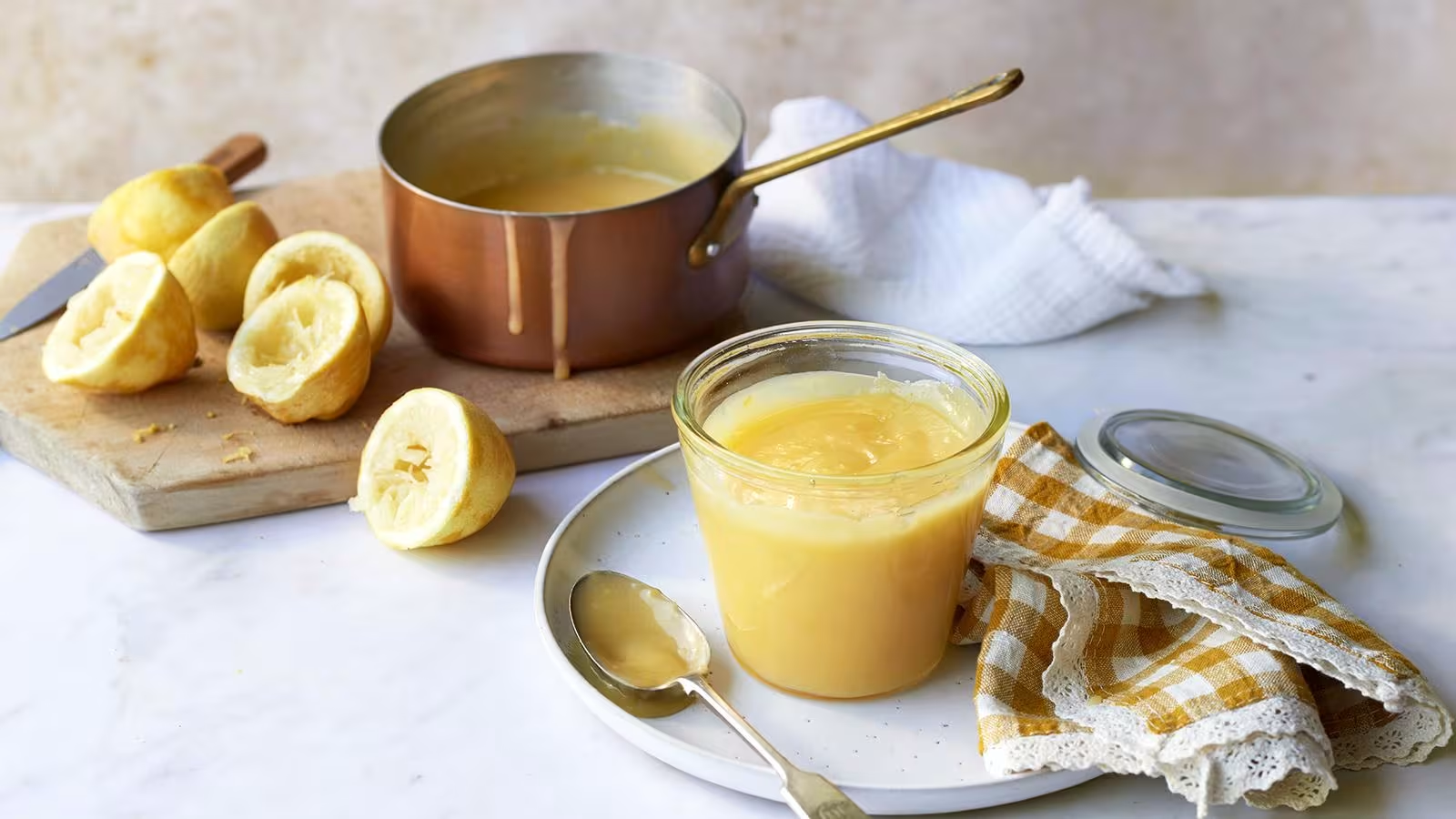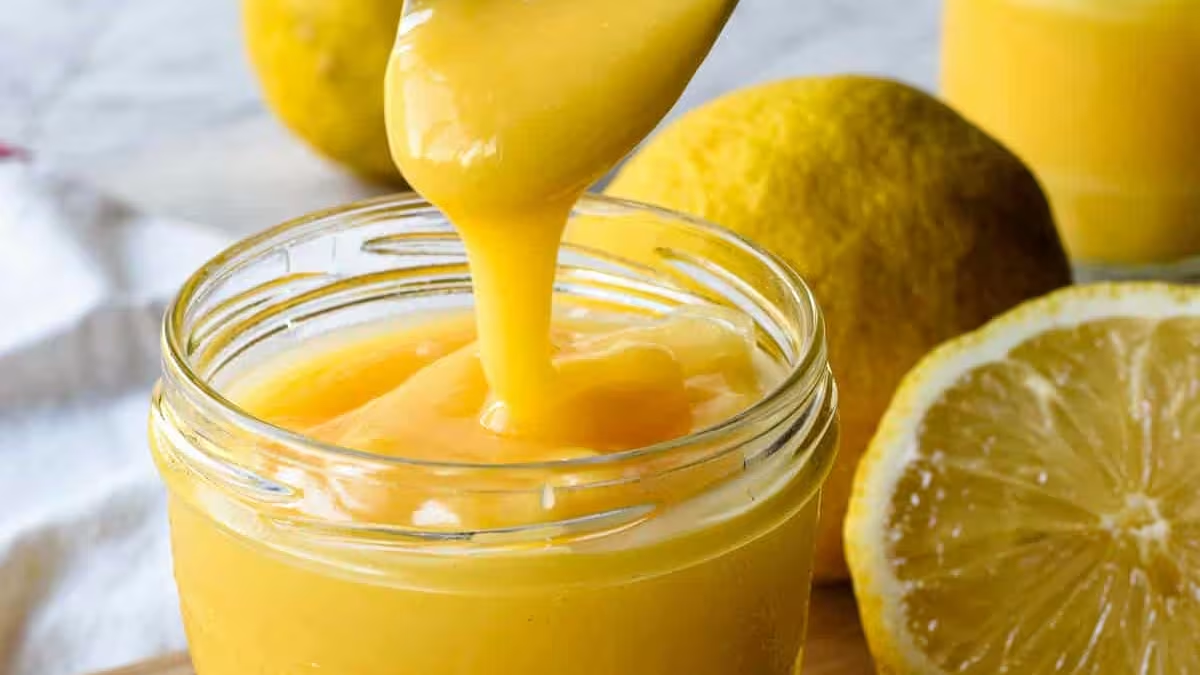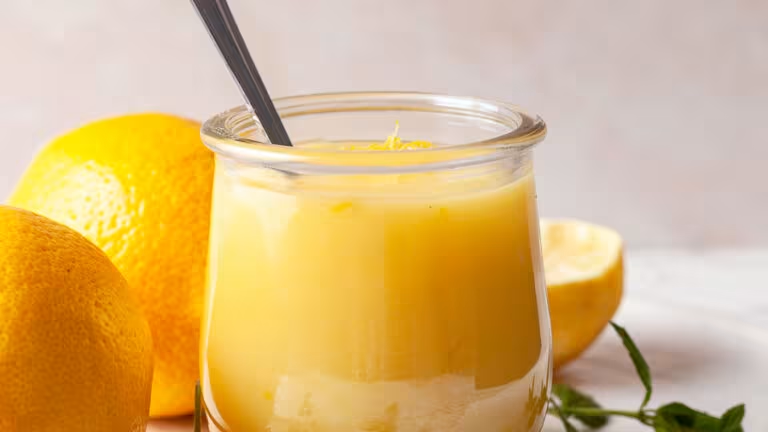
Deliciously Tangy Lemon Curd Recipe by Mary Berry: A Must-Try Delight!
Written by Jessica Lopez
Published at 22-01-2023
Edited on 03/29/2025 | 09:53 PM
Dessert RecipesCourse: Dessert
Cuisine: British
Difficulty: Easy
Servings
1 cup
Prep Time
15 minutes
Cooking Time
10 minutes
Total Time
25 minutes
Fat
10g
Protein
3g
Carbs
30g
Calories
250 kcal
If you’re a fan of zesty flavors, then you’re in for a treat with this delightful lemon curd recipe by Mary Berry. Known for her simple yet delicious recipes, Mary Berry’s lemon curd is the perfect balance of sweetness and tanginess, making it ideal for spreading on scones, topping desserts, or even enjoying straight from the jar! This lemon curd is not only easy to make, but it also elevates any dish it graces, giving your breakfast or afternoon tea a touch of elegance. One of the best things about making lemon curd is that it requires just a few basic ingredients: fresh lemons, sugar, eggs, and butter. This means you can whip up a batch whenever you're in the mood for a burst of citrus goodness.
Plus, it’s an excellent way to use up any extra lemons sitting in your kitchen. Mary Berry’s approach to this classic recipe emphasizes the importance of using fresh ingredients, ensuring that you get the brightest flavor possible. With a smooth, velvety texture and a bright yellow hue, this lemon curd is sure to impress your family and friends.
Whether you’re looking to enhance your baking repertoire or simply want to enjoy a refreshing treat, this lemon curd recipe is a must-try! So, roll up your sleeves and let’s dive into the world of homemade lemon curd. Once you taste the bright, tangy flavor of this delightful spread, you’ll wonder how you ever lived without it. Follow along for Mary Berry’s tried-and-true recipe that guarantees delicious results every time!.


